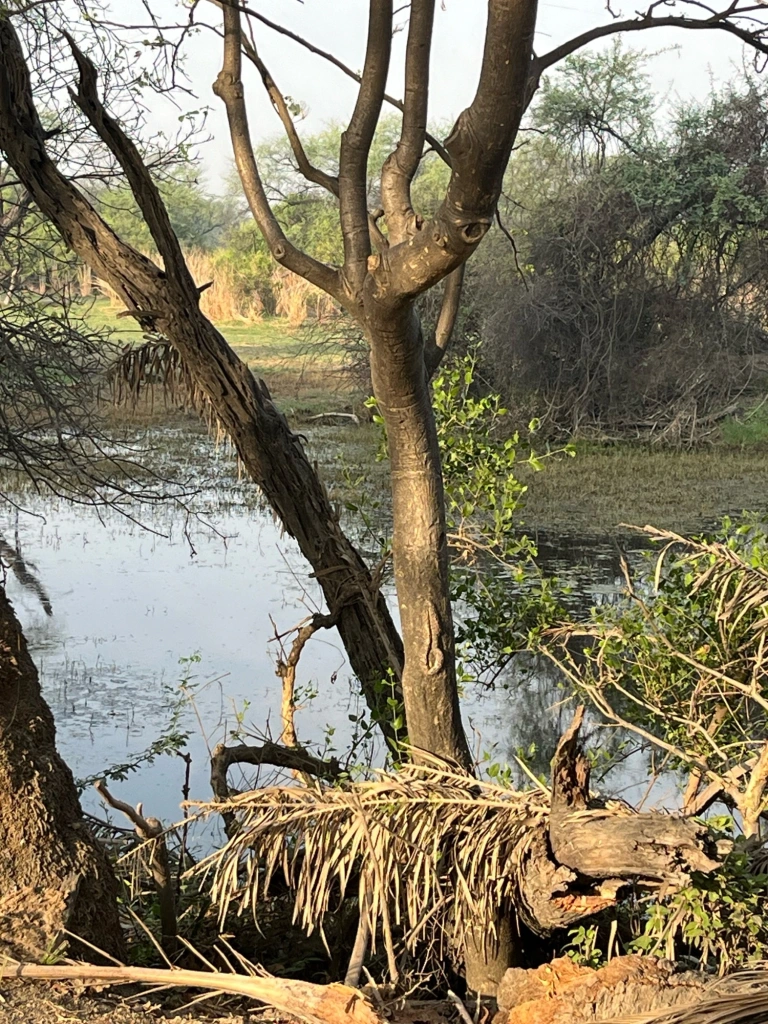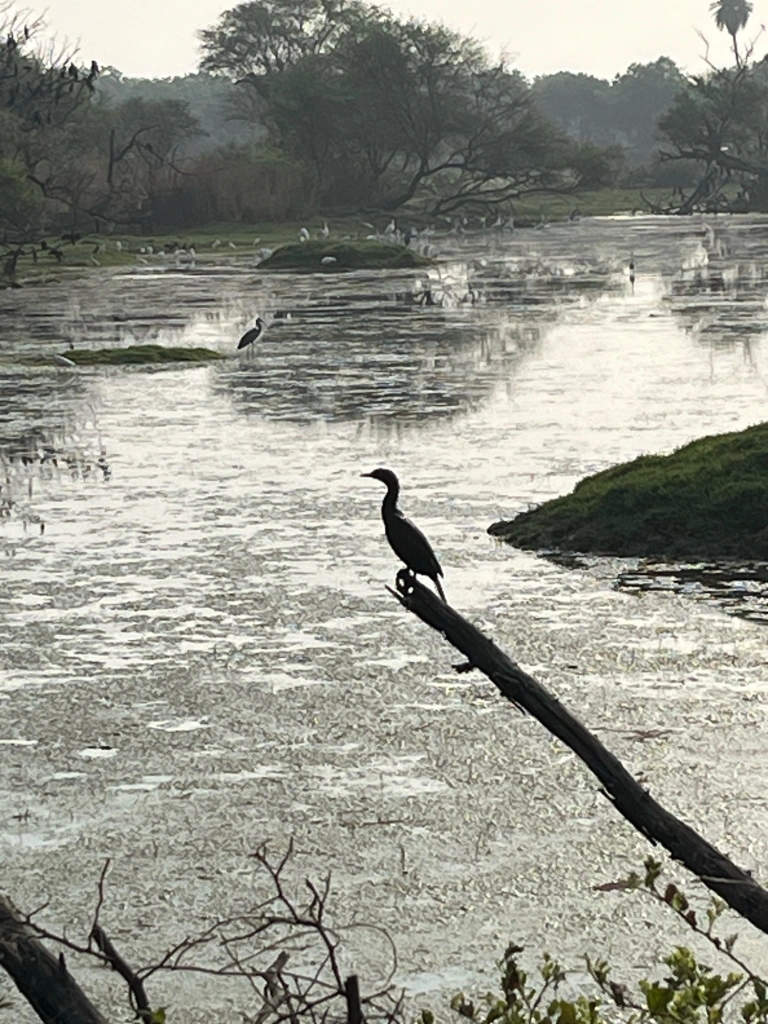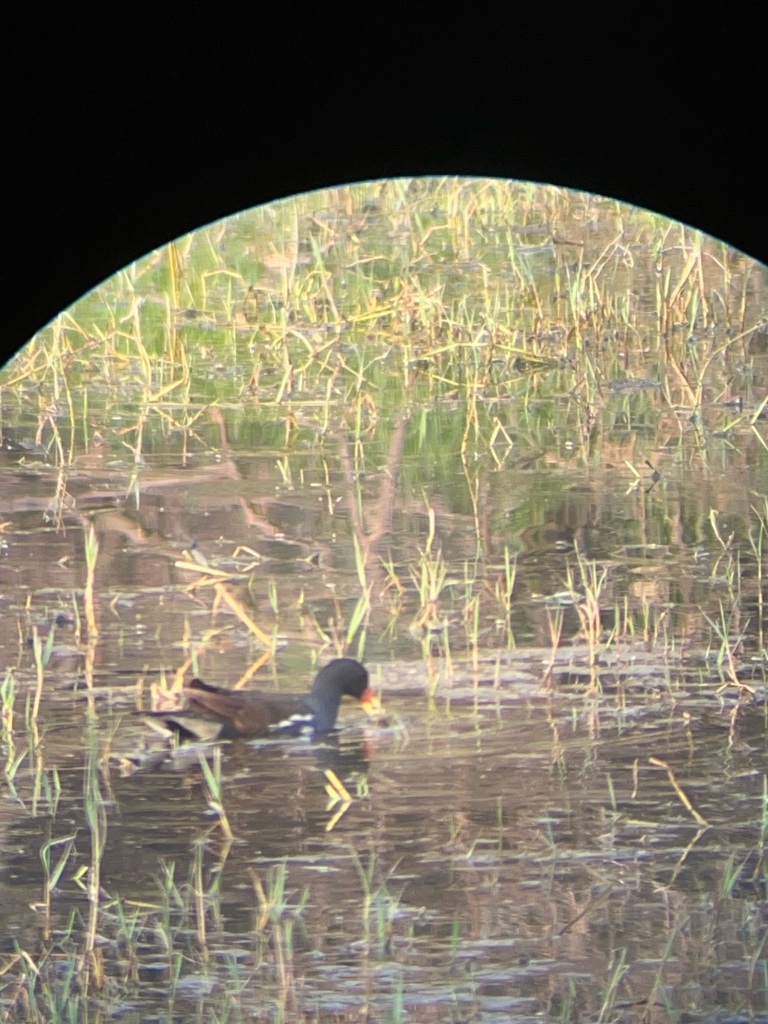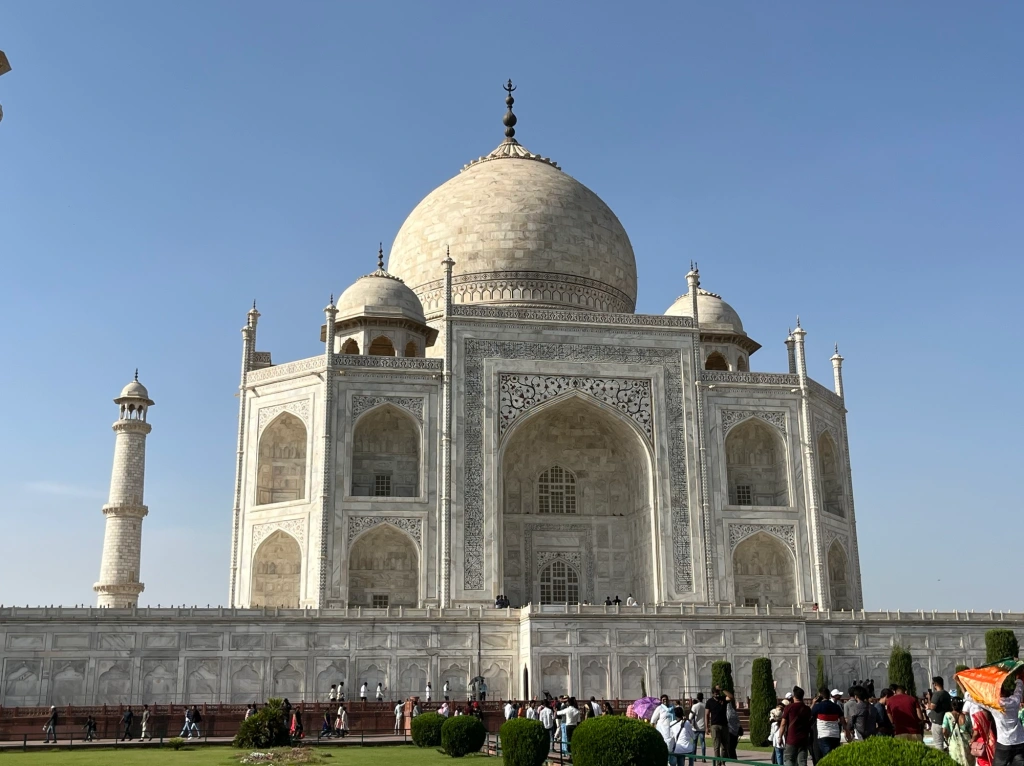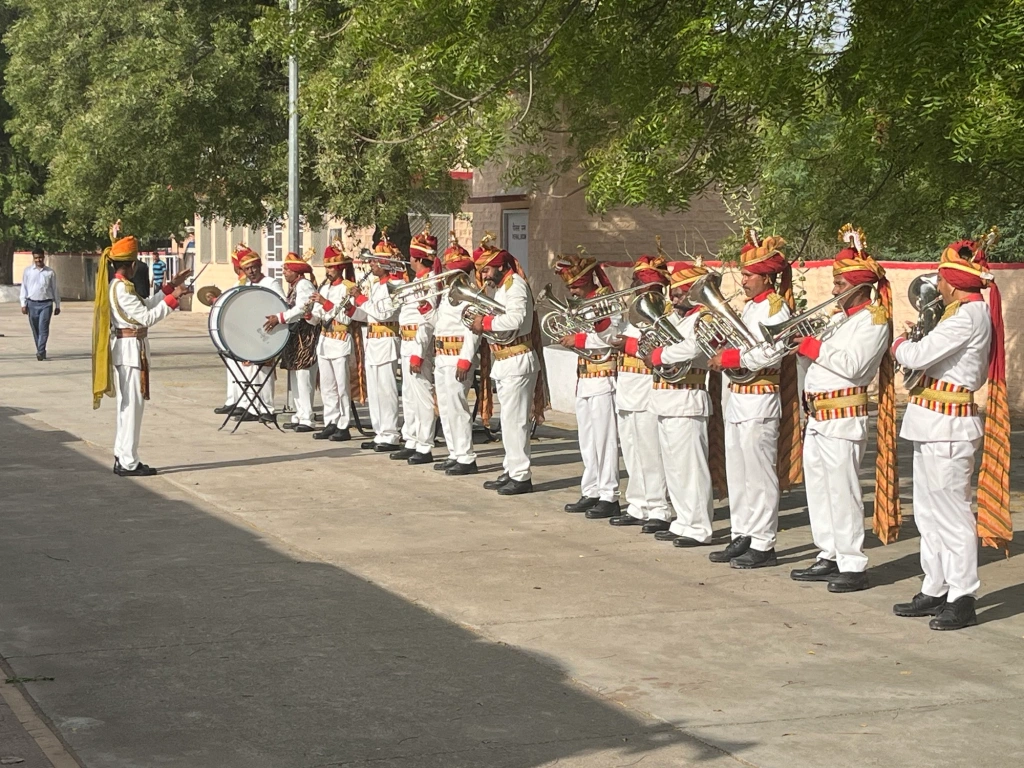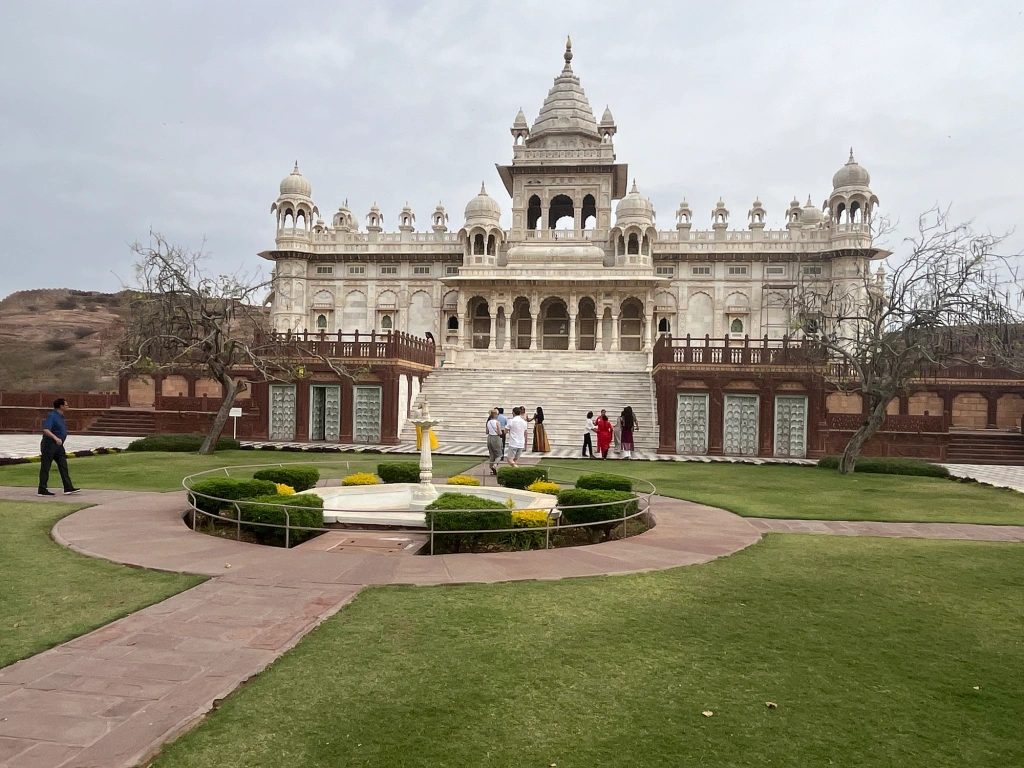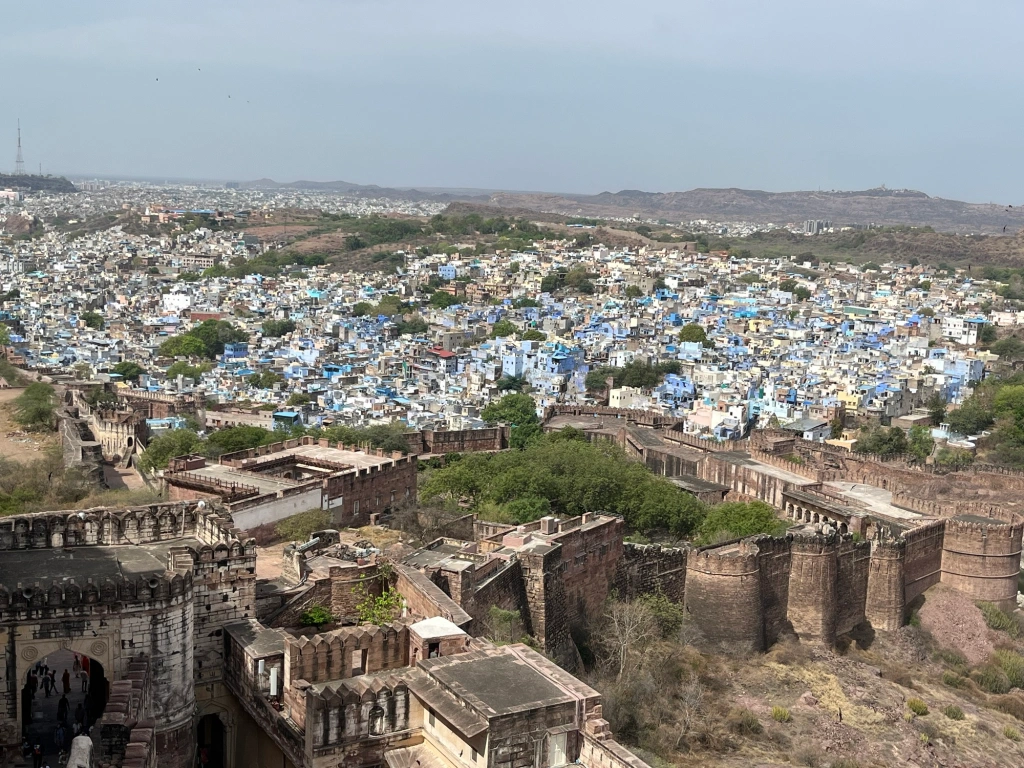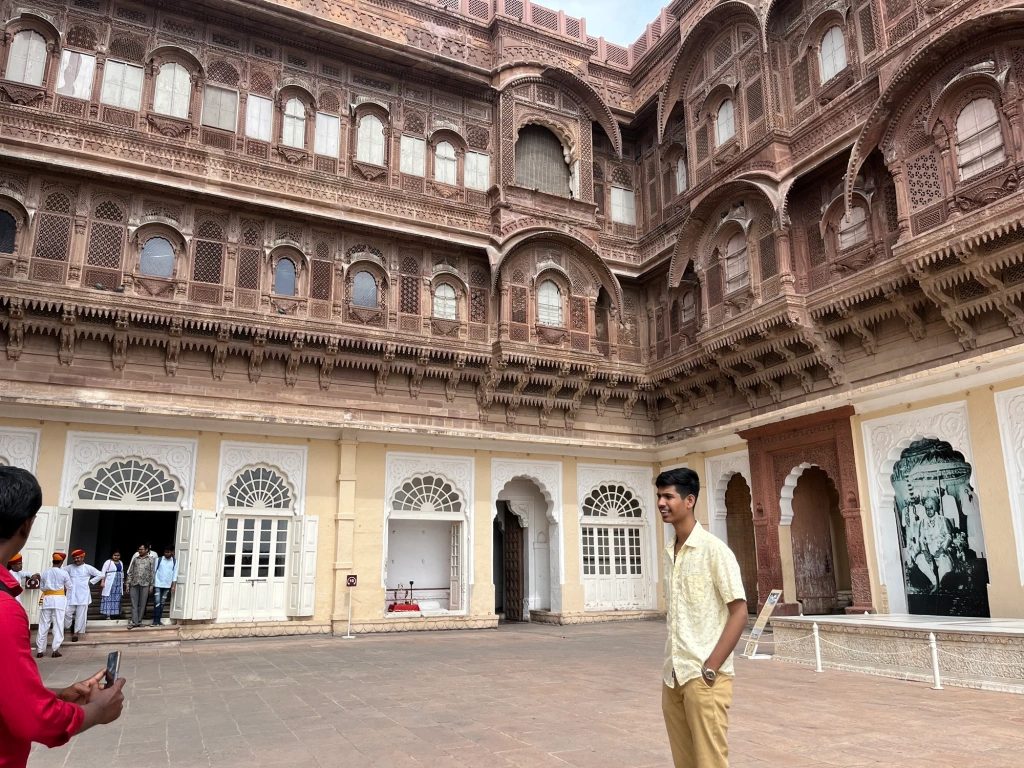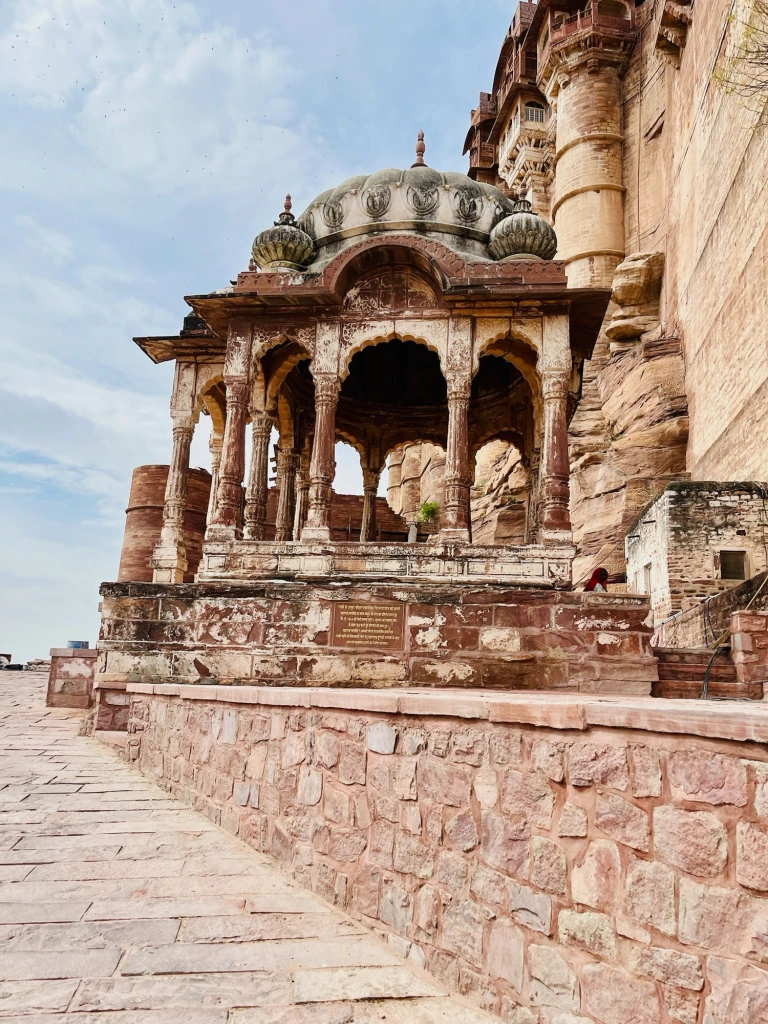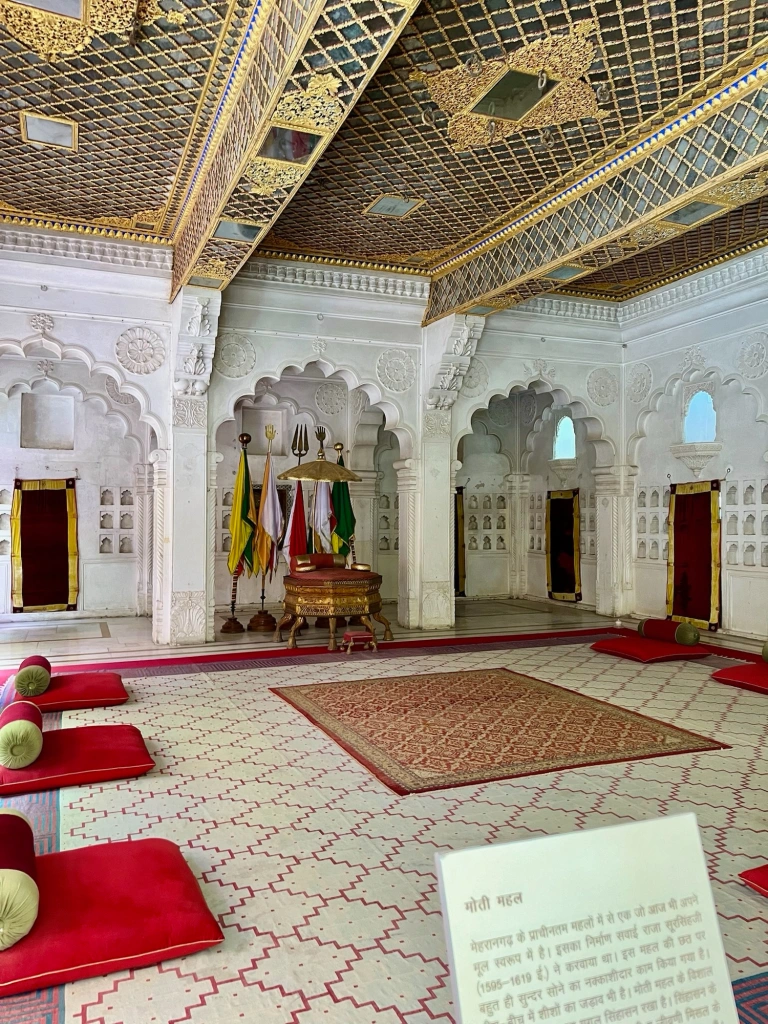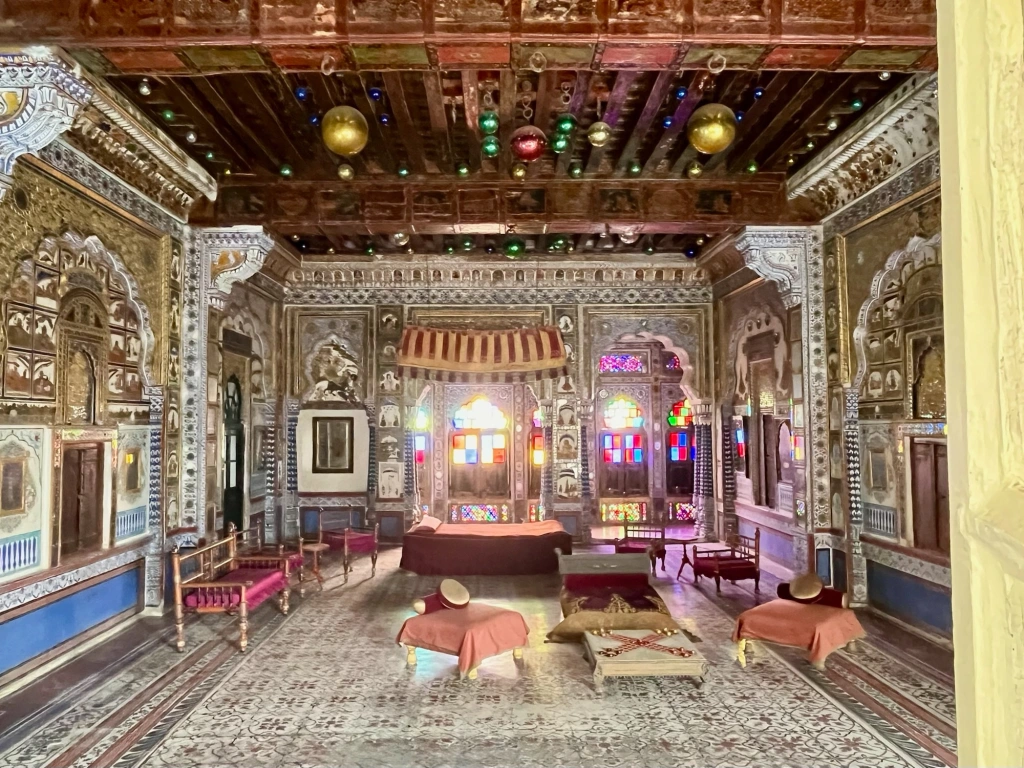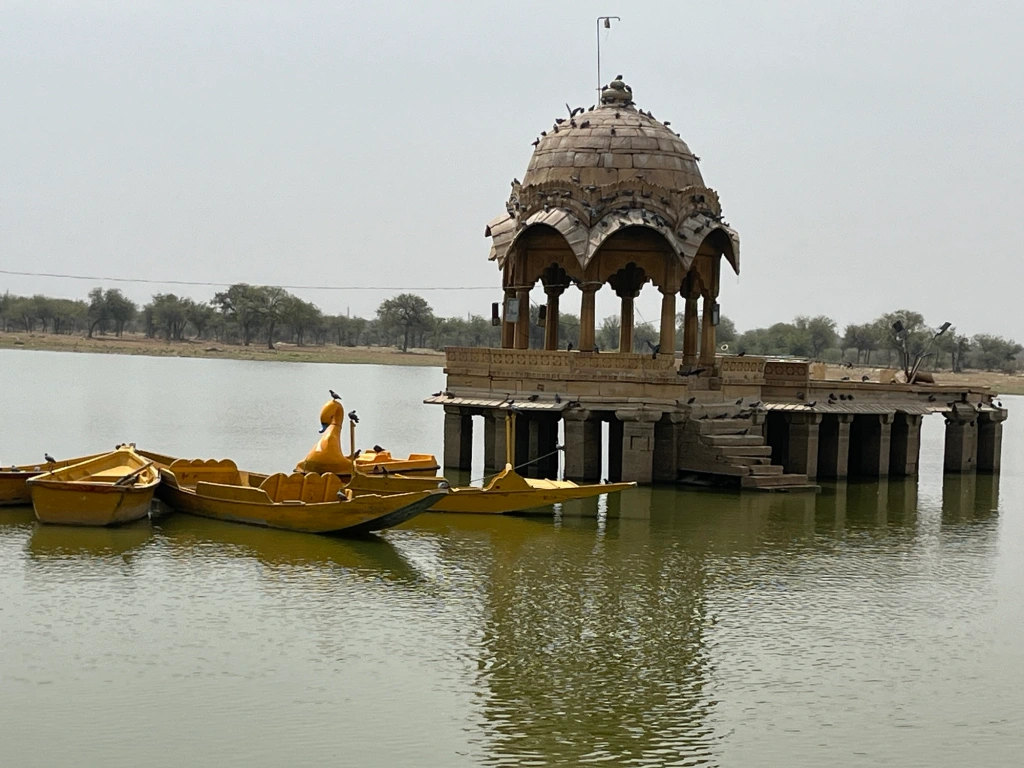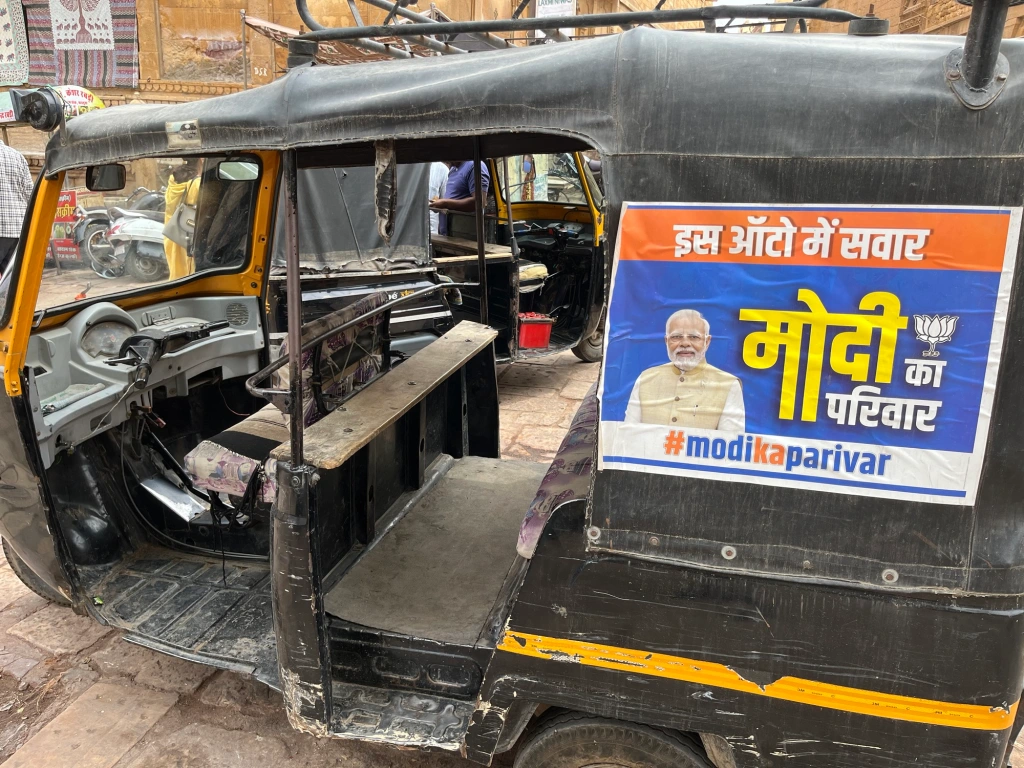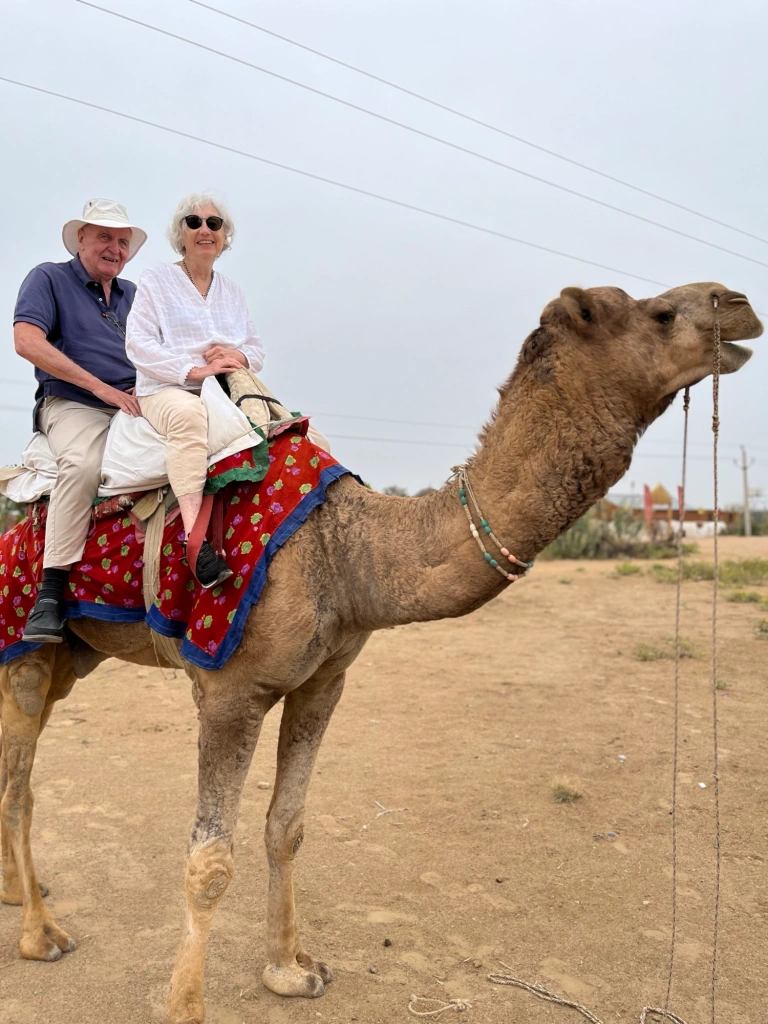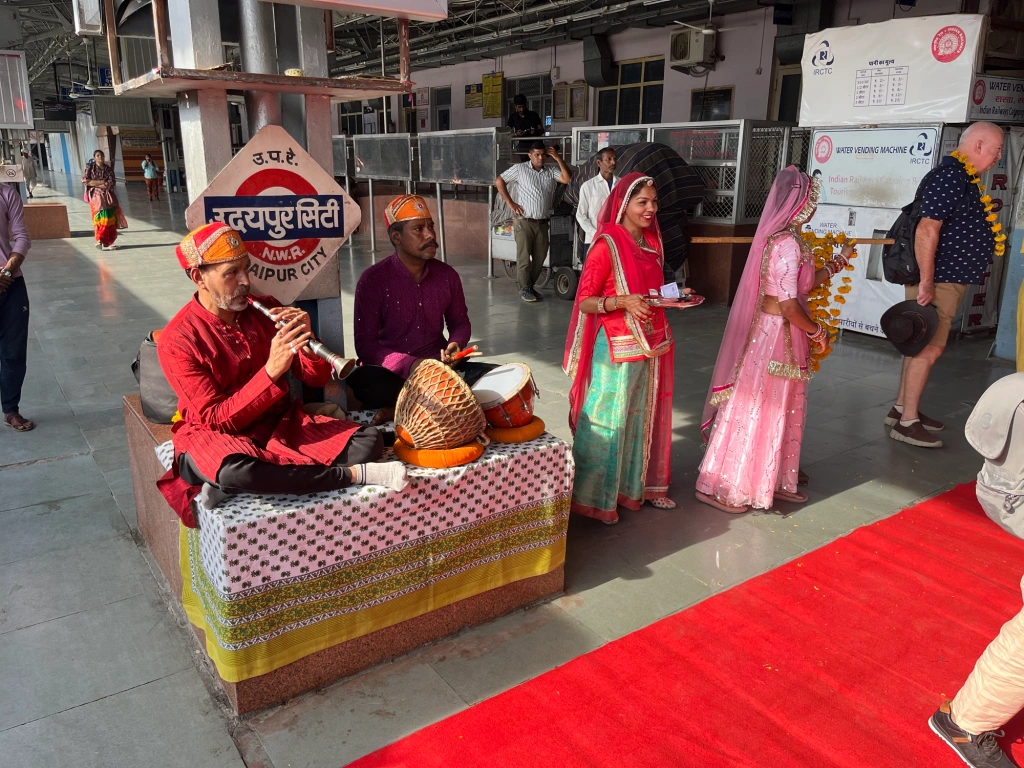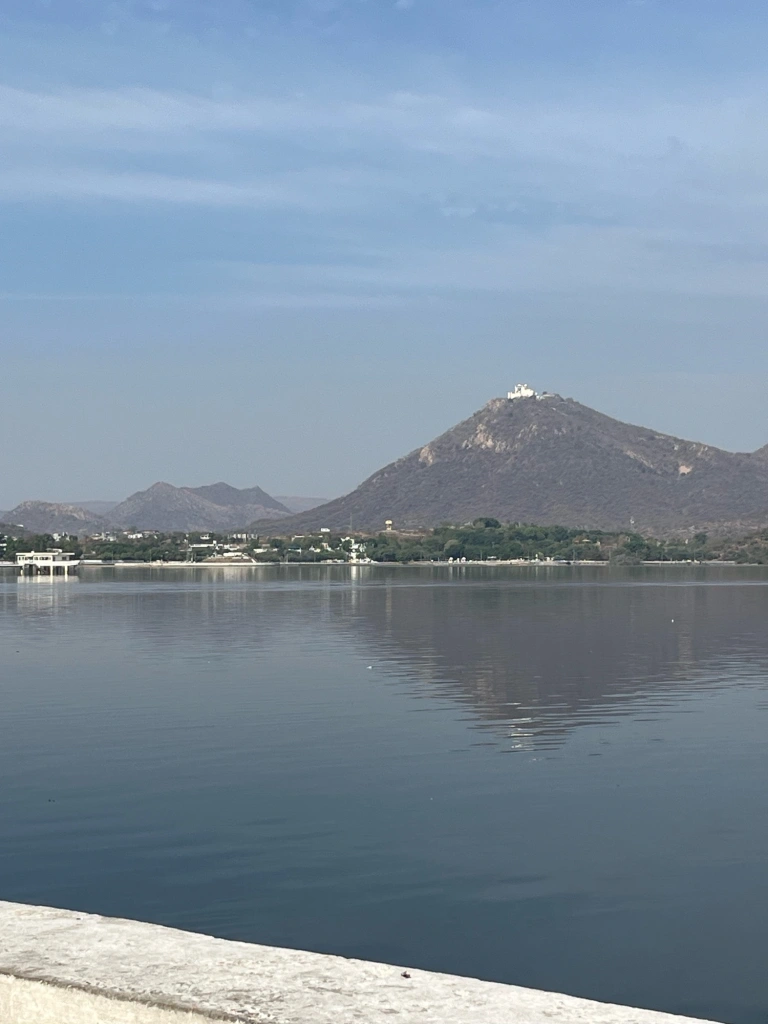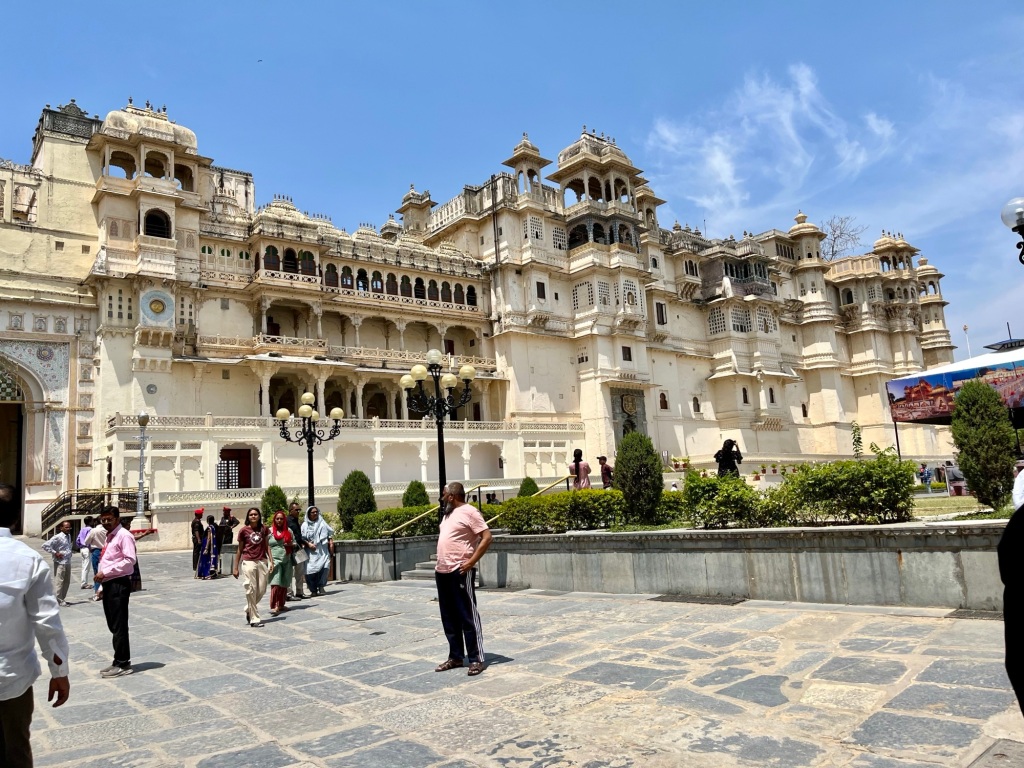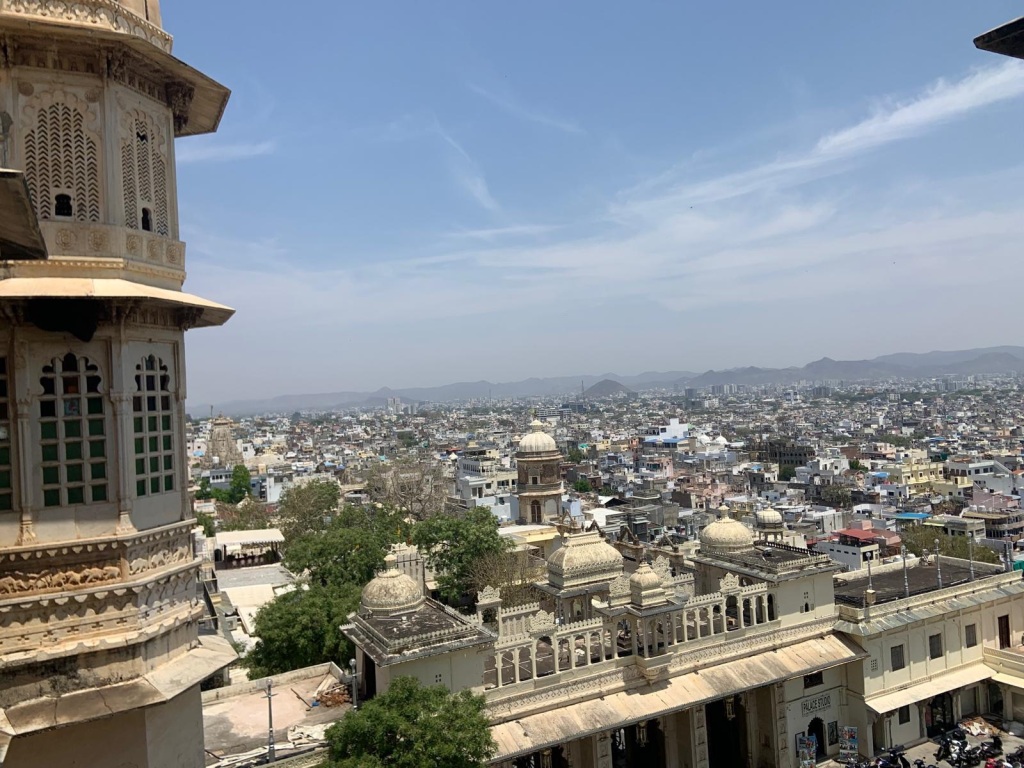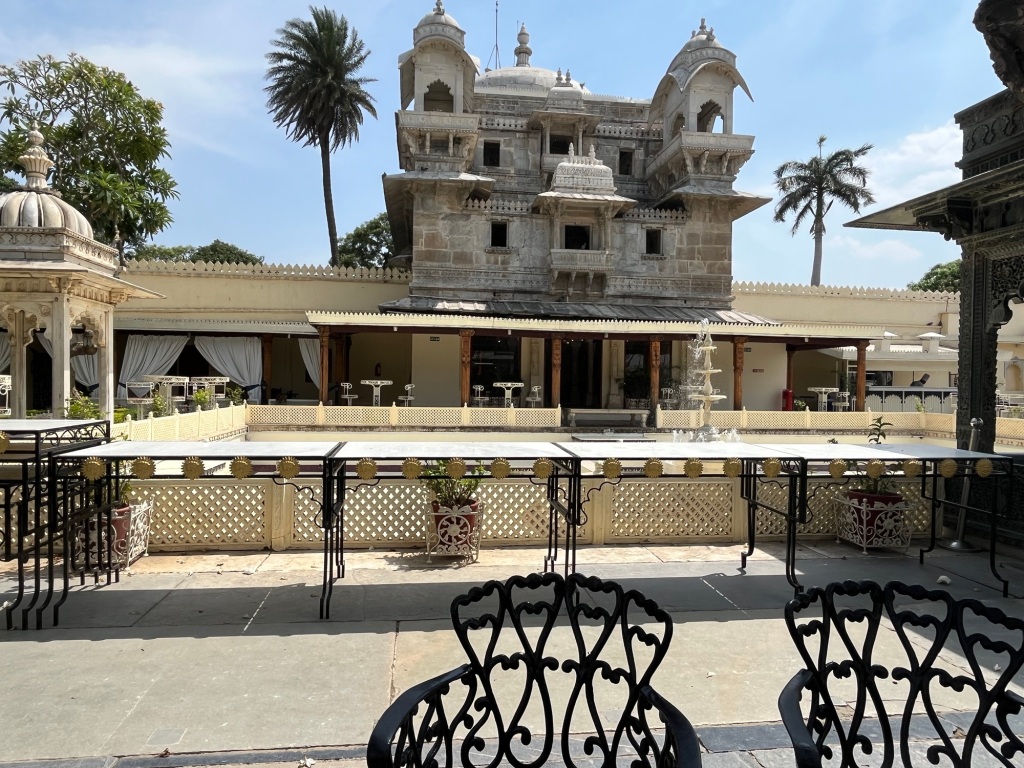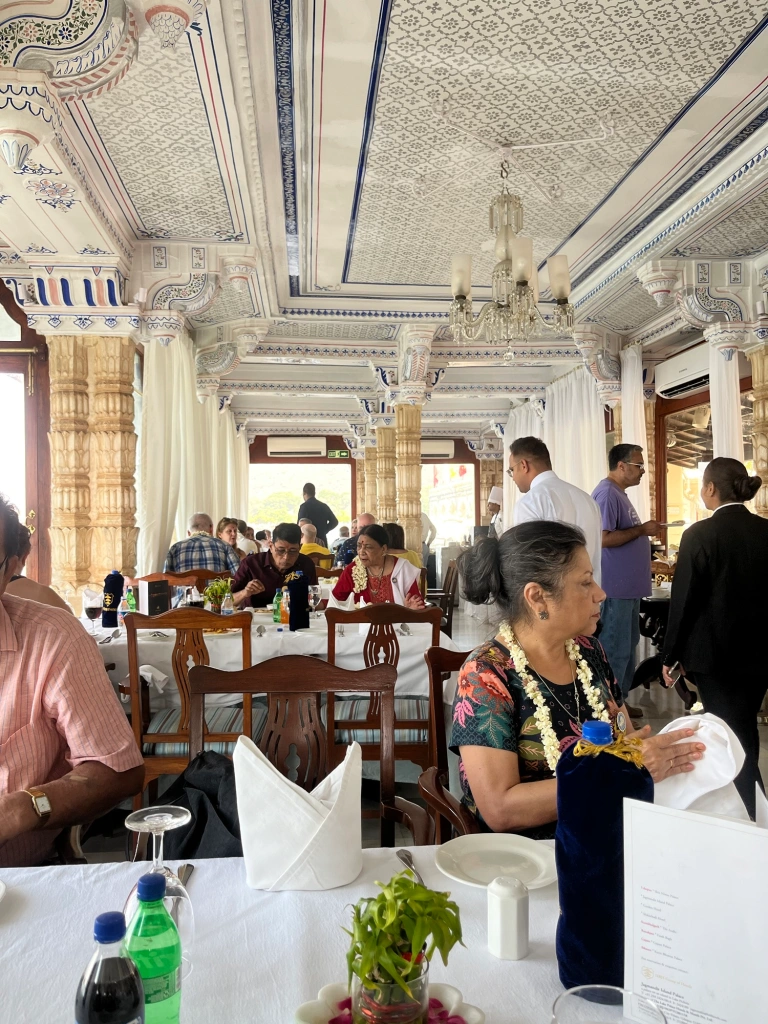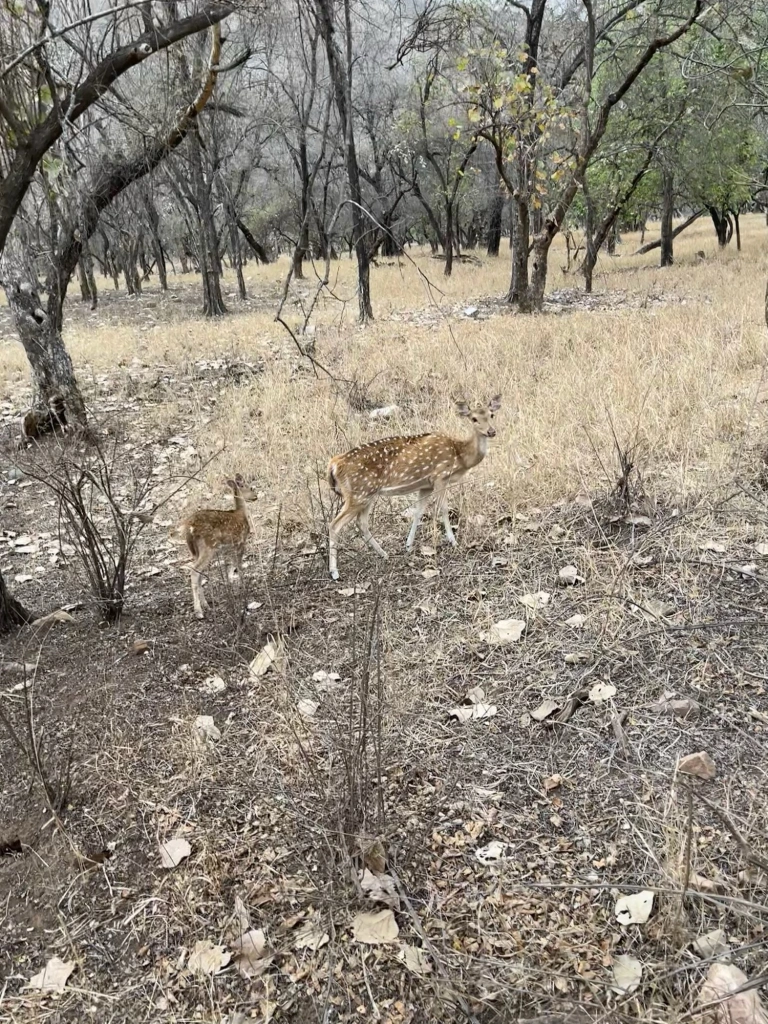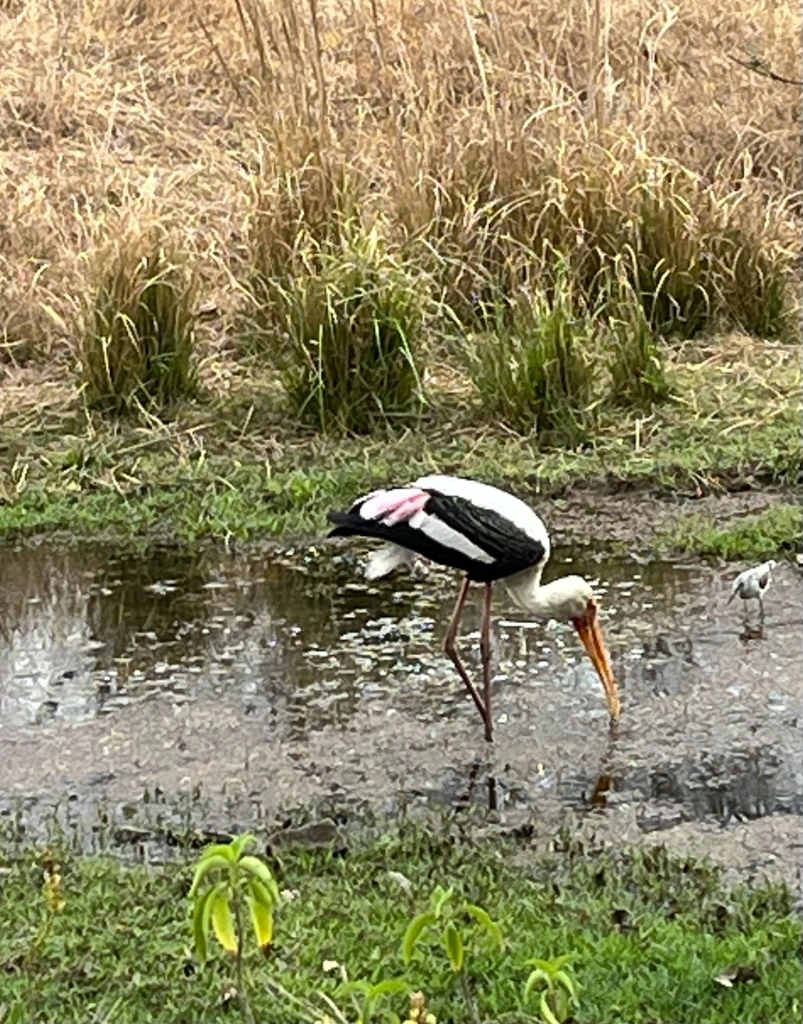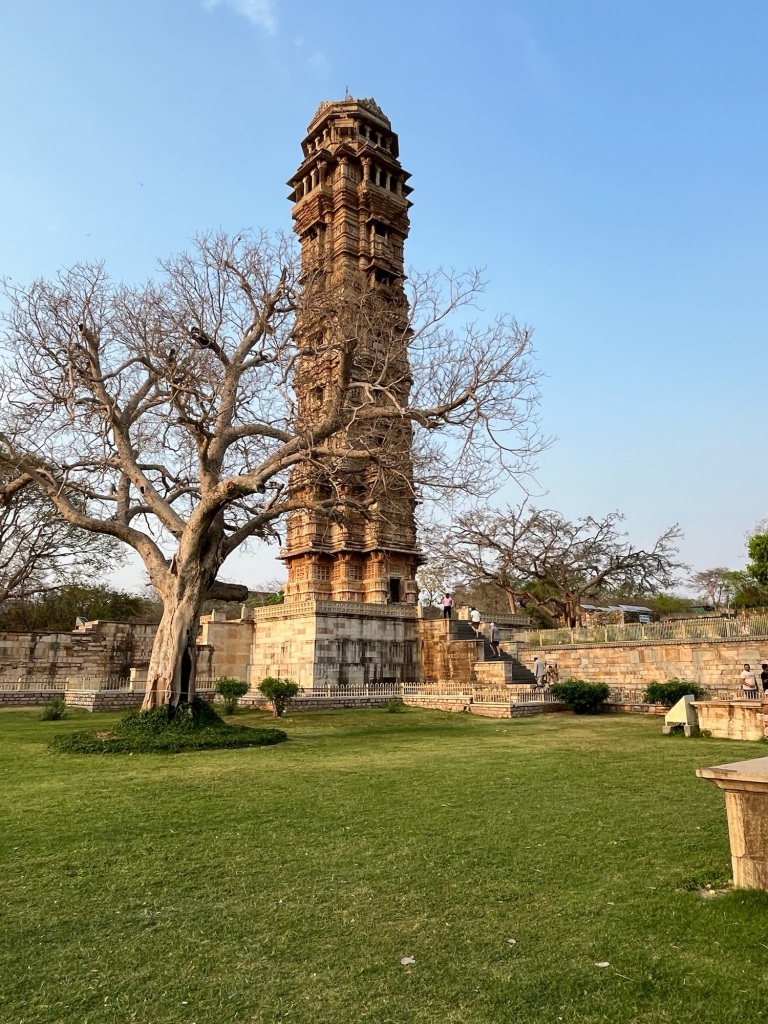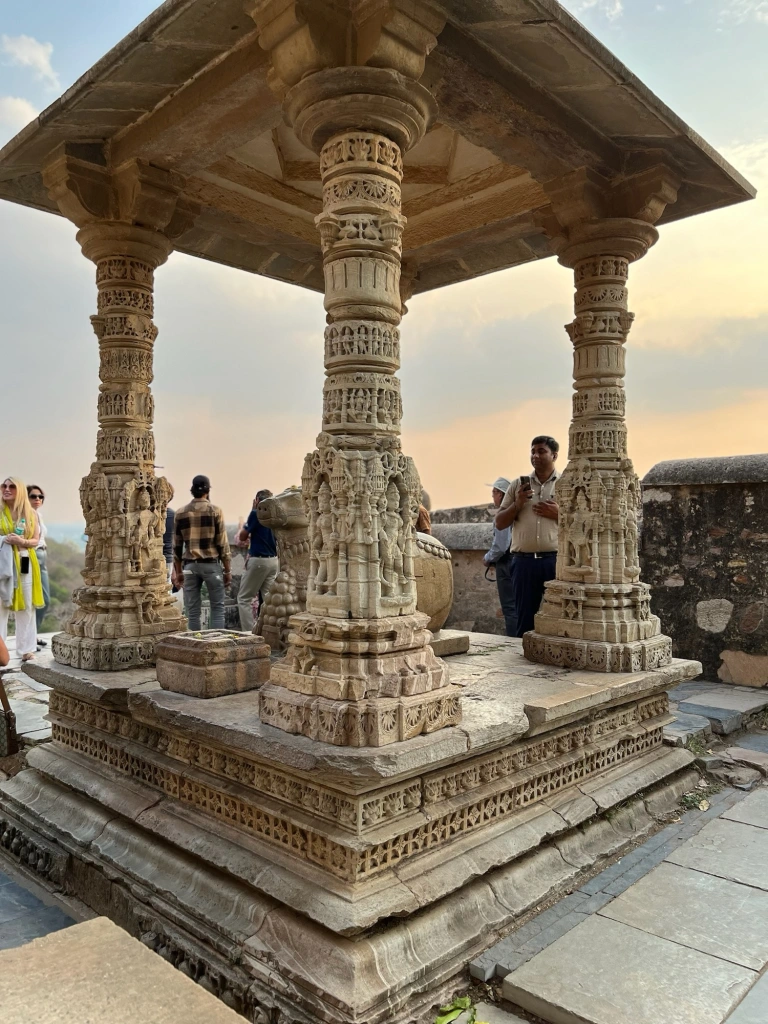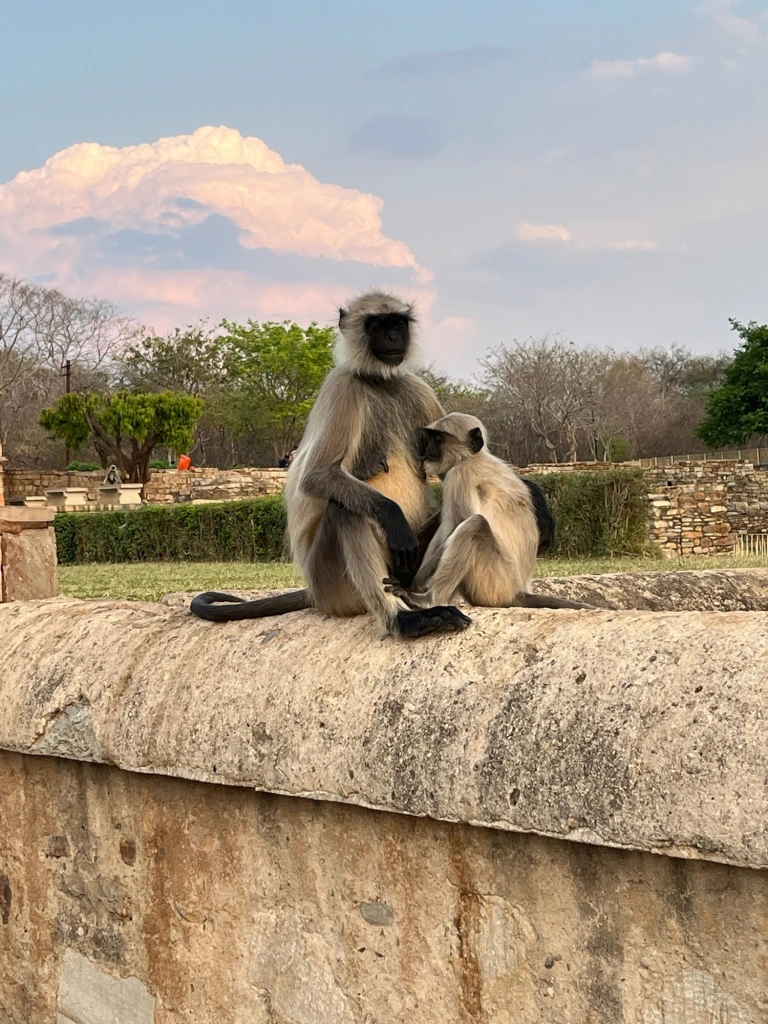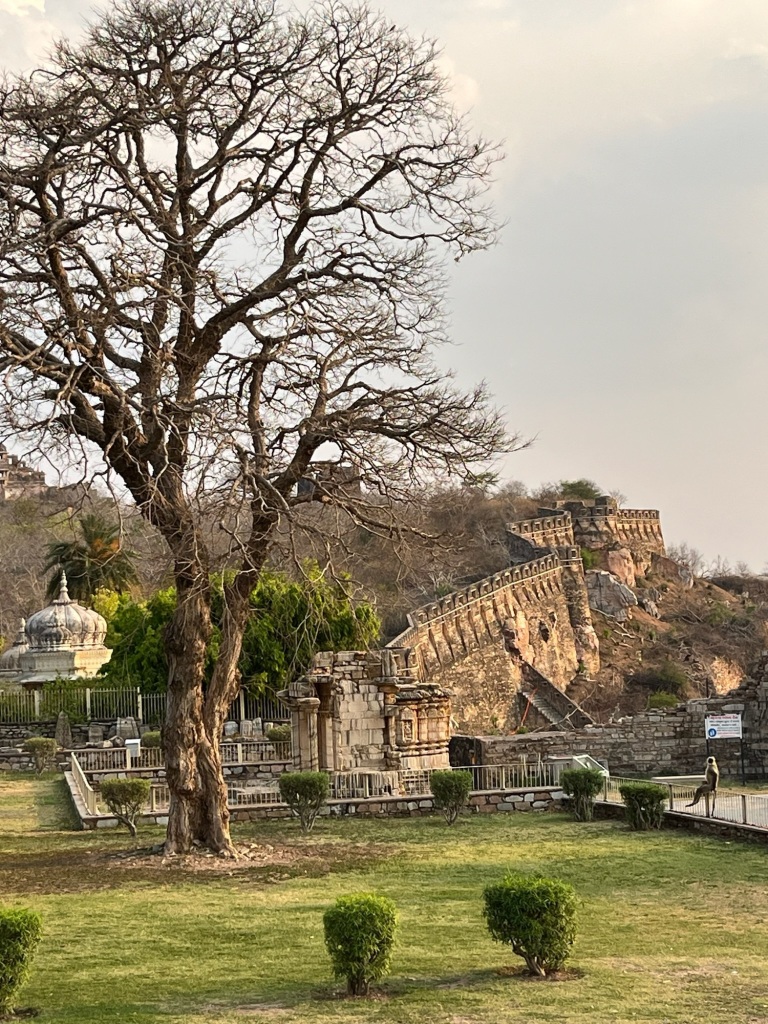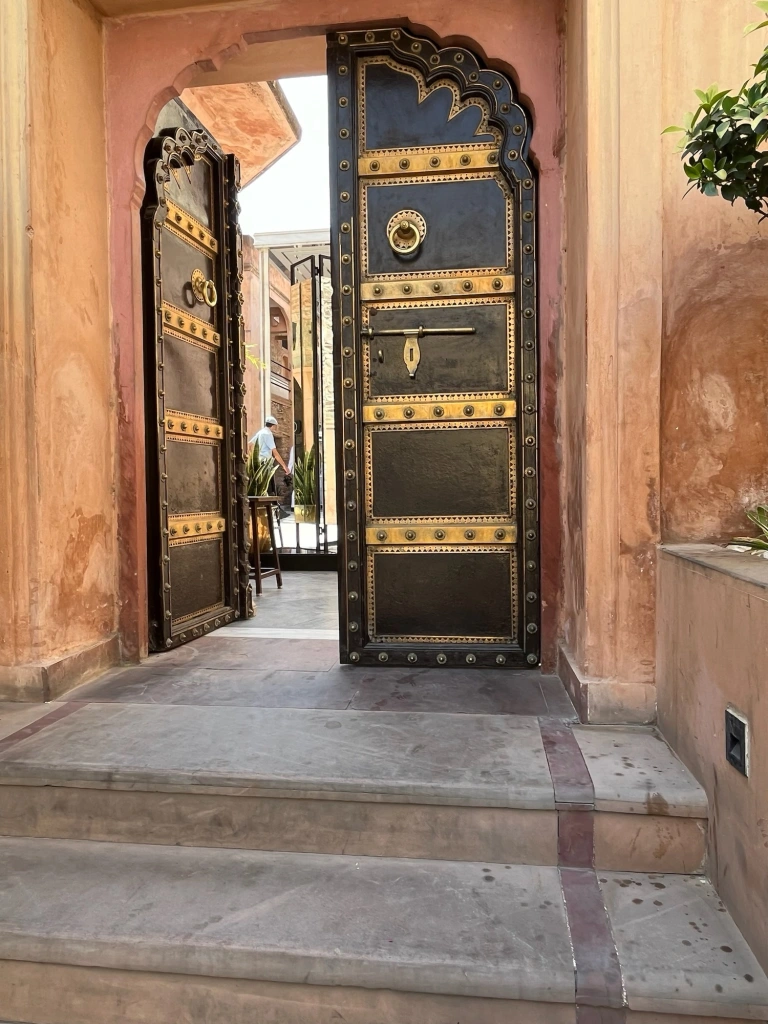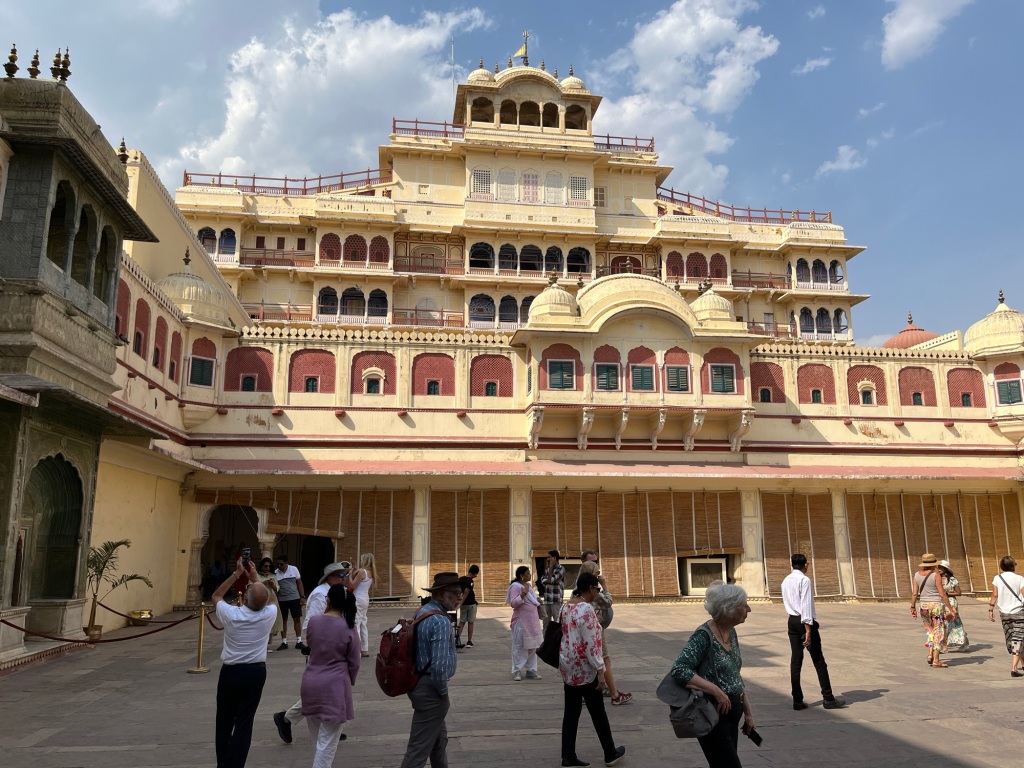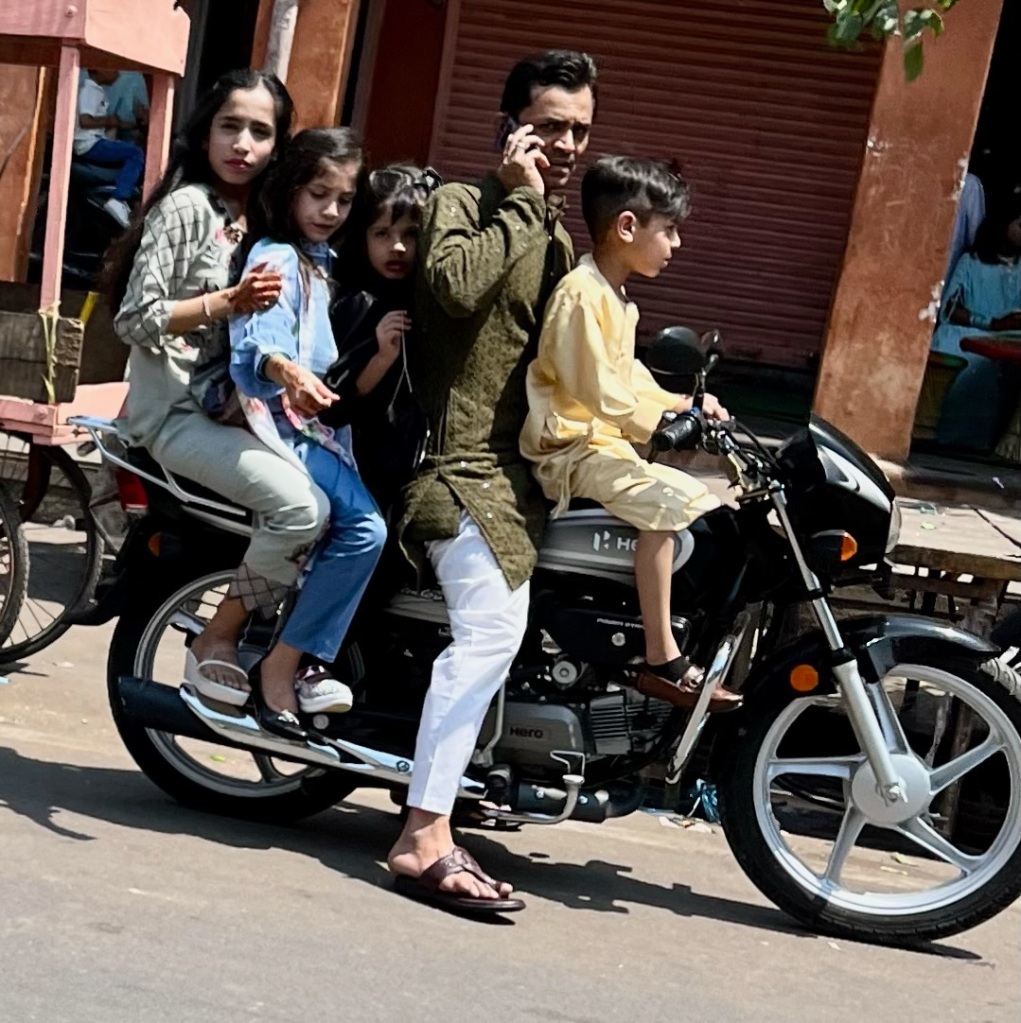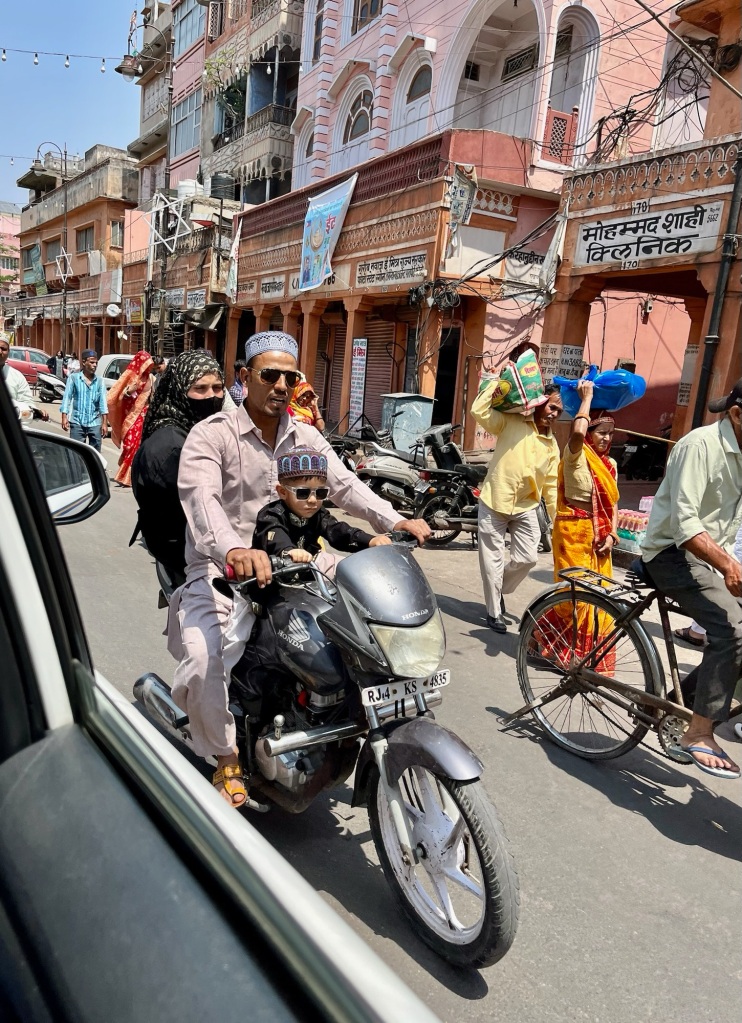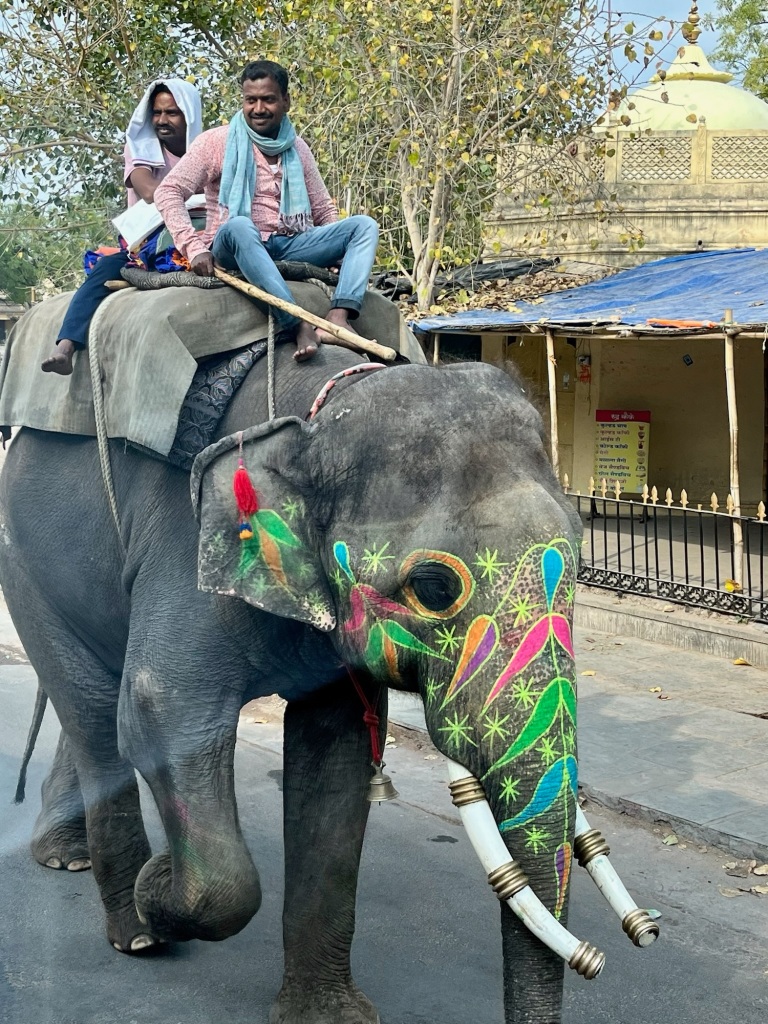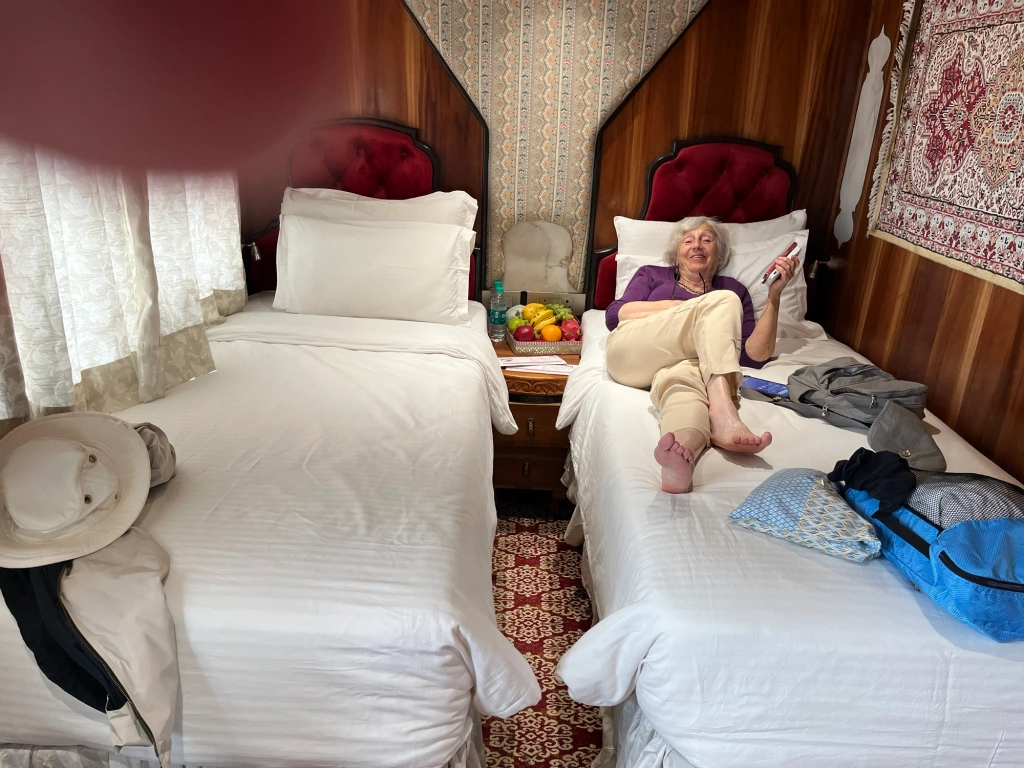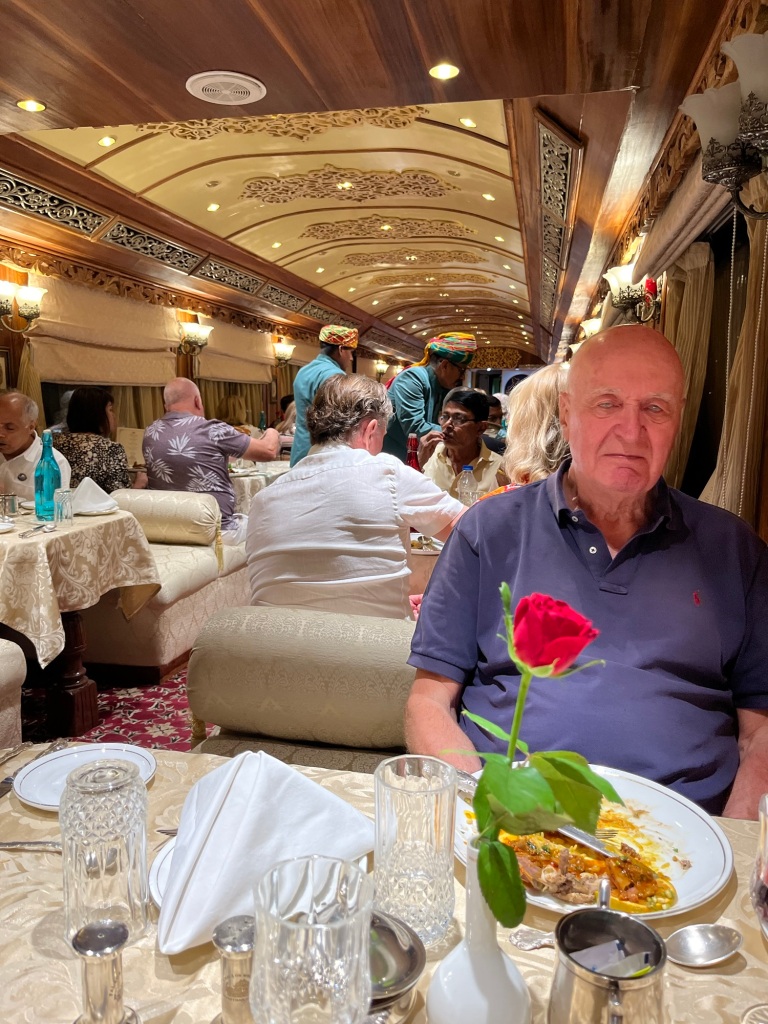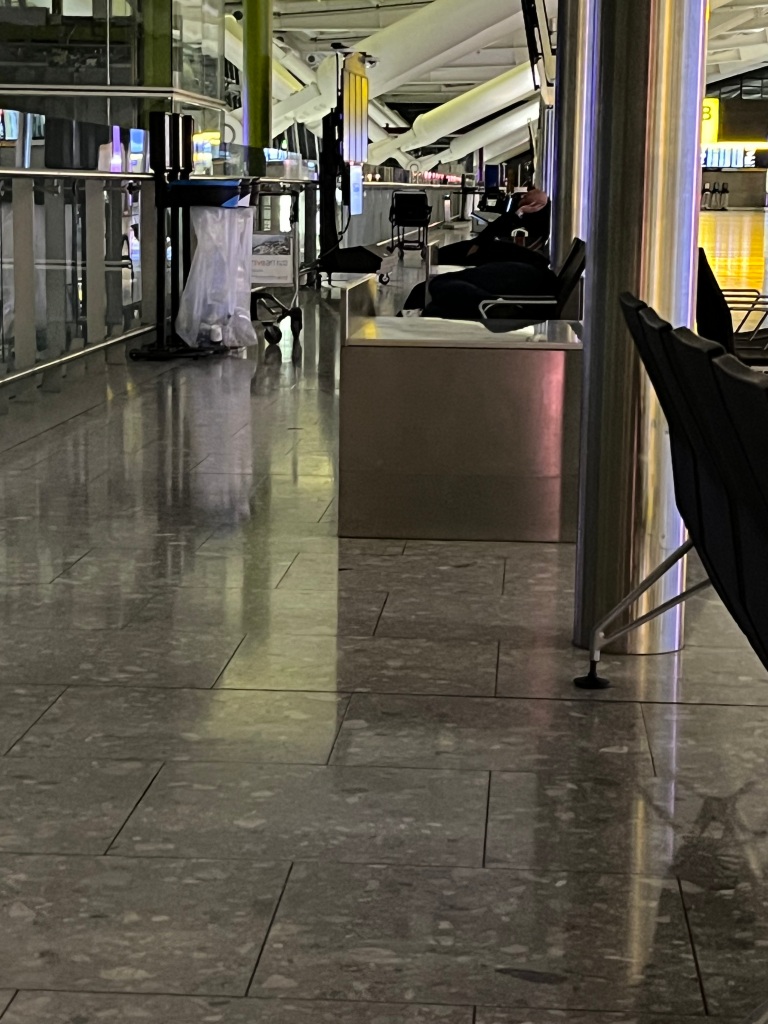We thought we were leaving the train early, at about eight o’clock, but found that virtually all our fellow passengers had already departed. But our faithful guide for the agency was there to meet us, with a car, and take us to the Taj Ambassador hotel, where we will be staying the night.

Since our room was not ready — quite understandably at that hour — we set off with a local guide, Vivek, to explore both New Delhi and Old Delhi. The new is an open, green, leafy colonial town, with lots of elegant government buildings and homes for government employees. Designed by Lutyens in the early part of the last century, it is dominated by the India Gate, and the massive Viceroy’s Palace, now the Presidential Palace.
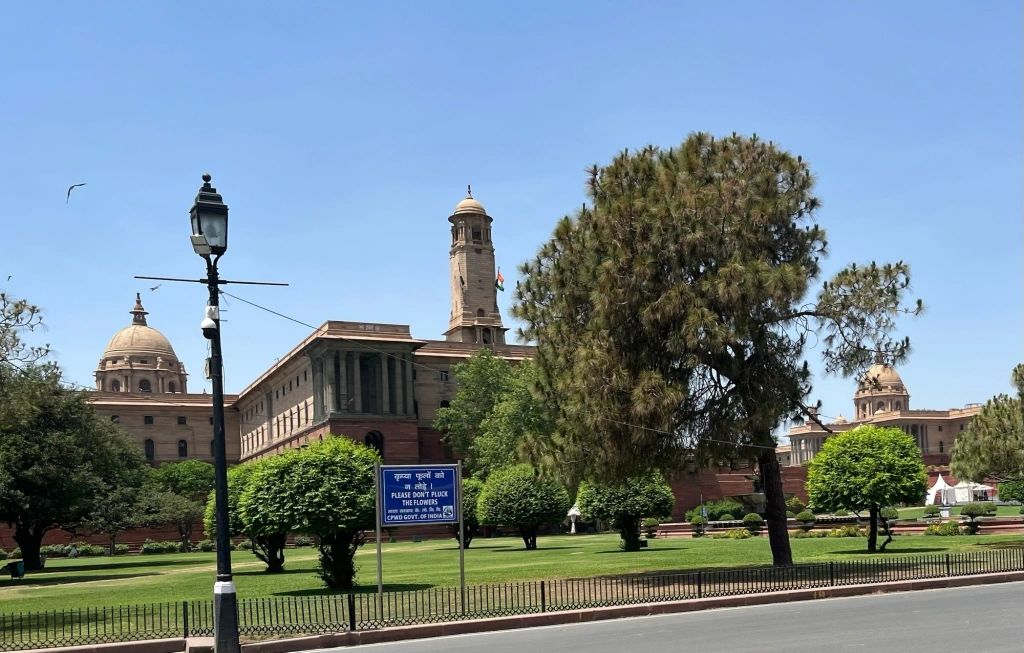
It was a public holiday, end of a nine-day fast, so there were plenty of families enjoying a picnic. As we headed for Old Delhi, we also passed many stands where, to celebrate the end of the fast, people provide free food for their friends and neighbours. Some had attracted long queues.

We went through a garishly decorated road tunnel to get to the old town. Once there, we transferred from car to bicycle rickshaw, for a scary tour through the crowded and bustling streets that are a dramatic contrast to the colonial new town.

We coughed and sneezed in the spice market section, and stopped to buy.
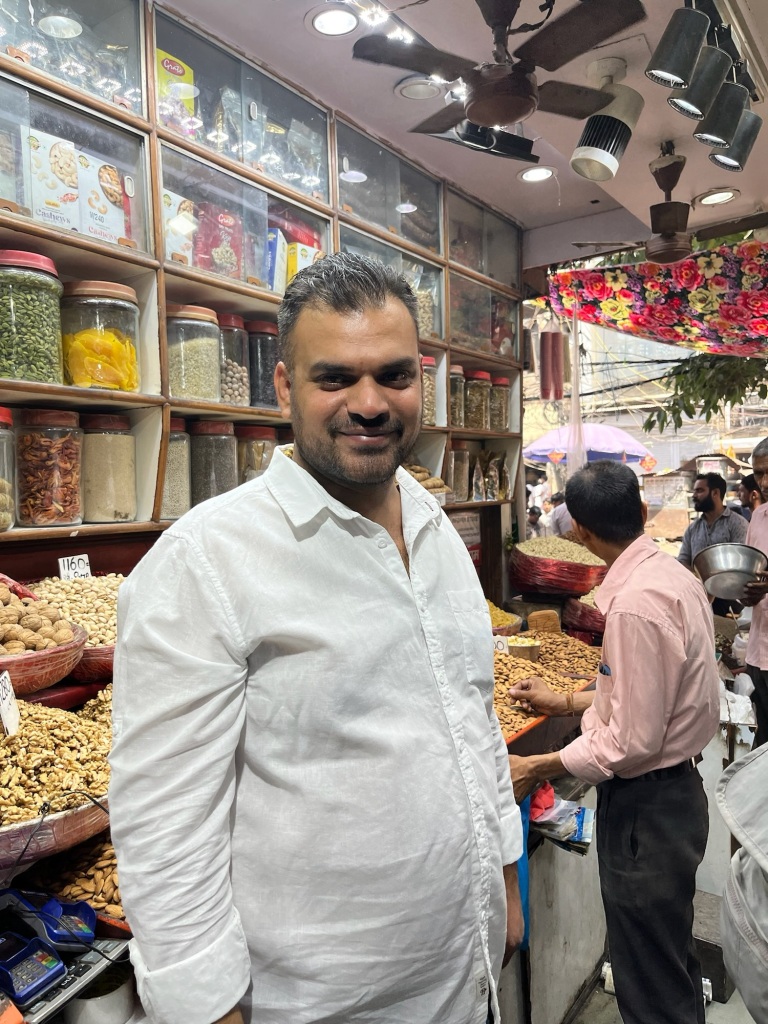
We also found a hole-in-the-wall ATM, enjoyed the smells of tiny open front restaurants, and the vivid colours of shawls, scarves and saris.

The old town is an assault on all the senses, and seemed quintessentially Indian, with its chaotic and noisy mixture of rickshaws, tuk-tuks, scooters and pedestrians. An appropriate way to wind up our intense introduction to this extraordinary country.

We had to be up early in the morning to get to the airport for our flight back to London, which went smoothly enough. The connection to catch the flight back to Marseille also worked — no cancellation this time — and after a mild panic about locating the car in the long-stay car park, we were on our way home, where we arrived about midnight. A long day.
We also found our internet out of action — the fibre optic cable broken in the house somehow. So this post has been delayed while we obtained and set up a dongle to connect us pending the arrival of a technician next week to fix things.
That has given us time to reflect on our Indian adventure. It exposed us to a culture and history that neither of us was familiar with. The train tour was a good way to cram a great deal into a short time, but it was also physically exhausting for both of us, and we certainly slept well at the end of each day! I’m afraid we didn’t greatly take to Indian cuisine, but perhaps because we were super-cautious about not sampling street food, however wonderful the aromas were.
THE END (till next year – perhaps)
